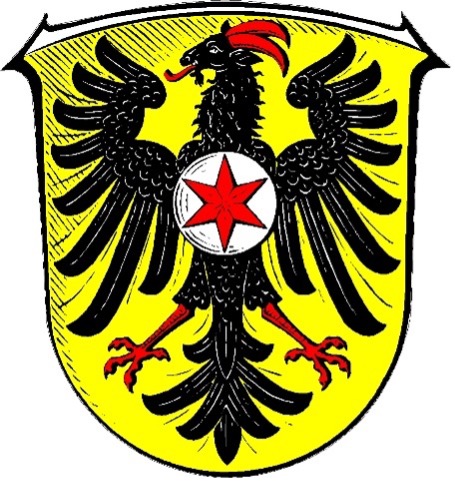Schwalmstadt
Germany

Confirmation – an export hit from Schwalmstadt
The City of Schwalmstadt was formed in 1970 as part of the Hessian regional reform through the merger of the towns of Treysa and Ziegenhain. Both parts of the town have a special significance in the history of the Protestant Church.
In November 1538, the Hessian Synod met in Ziegenhain Castle to discuss and adopt a draft church discipline for the churches in the Landgraviate of Hesse, which had been drawn up by Martin Bucer. The Ziegenhain disciplinary regulations stipulated that the congregations and parishioners should assume greater responsibility for Christian life according to Protestant understanding. Whereas previously pastors had been primarily responsible for church life and the introduction of the Reformation, they were now assisted by elders as representatives of the congregation. As an important tool for anchoring the Protestant faith among the population, confirmation was introduced in the Landgraviate of Hesse with the Ziegenhain Disciplinary Regulations.
Confirmation is the export hit of the Hessian Reformation par excellence. At the invitation of Landgrave Philip the Magnanimous, the Strasbourg reformer Martin Bucer came to Marburg to deal with the Anabaptists. They did not recognise the baptism of infants and only baptised adults after they had made a personal confession of faith.
Bucer drew up a church order that took up the Anabaptists’ concern that instruction in matters of faith, personal confession and baptism should be part of the beginning of Christian life. At the same time, he retained infant baptism in the church order and provided for instruction, personal confession and admission to the sacrament of Holy Communion for young people.
The Ziegenhain disciplinary regulations are linked to the religious policy of Philip the Magnanimous, who emphasised the personal responsibility of the Christian congregation and the maturity of individual Christians and, in contrast to other rulers of his time, refrained from using violence in his dealings with the Anabaptists. ‘We have never killed a person because of his wrong beliefs,’ wrote the Landgrave in his will.
The Ziegenhain disciplinary regulations became a model for numerous other church regulations, and confirmation has become established in almost all Protestant churches to this day.
To reflect this significance, the City of Schwalmstadt has been allowed to use the special designation ‘Konfirmationsstadt Schwalmstadt’ (Confirmation City of Schwalmstadt) since 31 October 2017.
However, Schwalmstadt did not only play an important role in the reorganisation of the church during the Reformation. Schwalmstadt also became an important place for the reorganisation of the Protestant Church in Germany after the Second World War, as the conference of Protestant church leaders took place in the Hephata diaconal institutions in Treysa in August 1945, where they took stock of the churches after the Nazi era and founded the EKD (Protestant Church in Germany). The Treysa Conference already attracted international attention at the time, as evidenced by the report of US Army correspondent Erika Mann, the daughter of Thomas Mann.

Tobias Kreuter
Mayor of Schwalmstadt
Ziegenhain (now a district of Schwalmstadt) is a place steeped in history. In 1539, the “Ziegenhain Church Discipline Regulations” were enacted, which are considered to mark the birth of confirmation. Today, millions of children and young people around the world are confirmed according to the principles of this discipline ordinance. Since 2017, our town has held the special title of “Confirmation City”. The fact that our town has now also been awarded the title of “European City of the Reformation” further recognises our historical significance in the 500-year history of confirmation.

